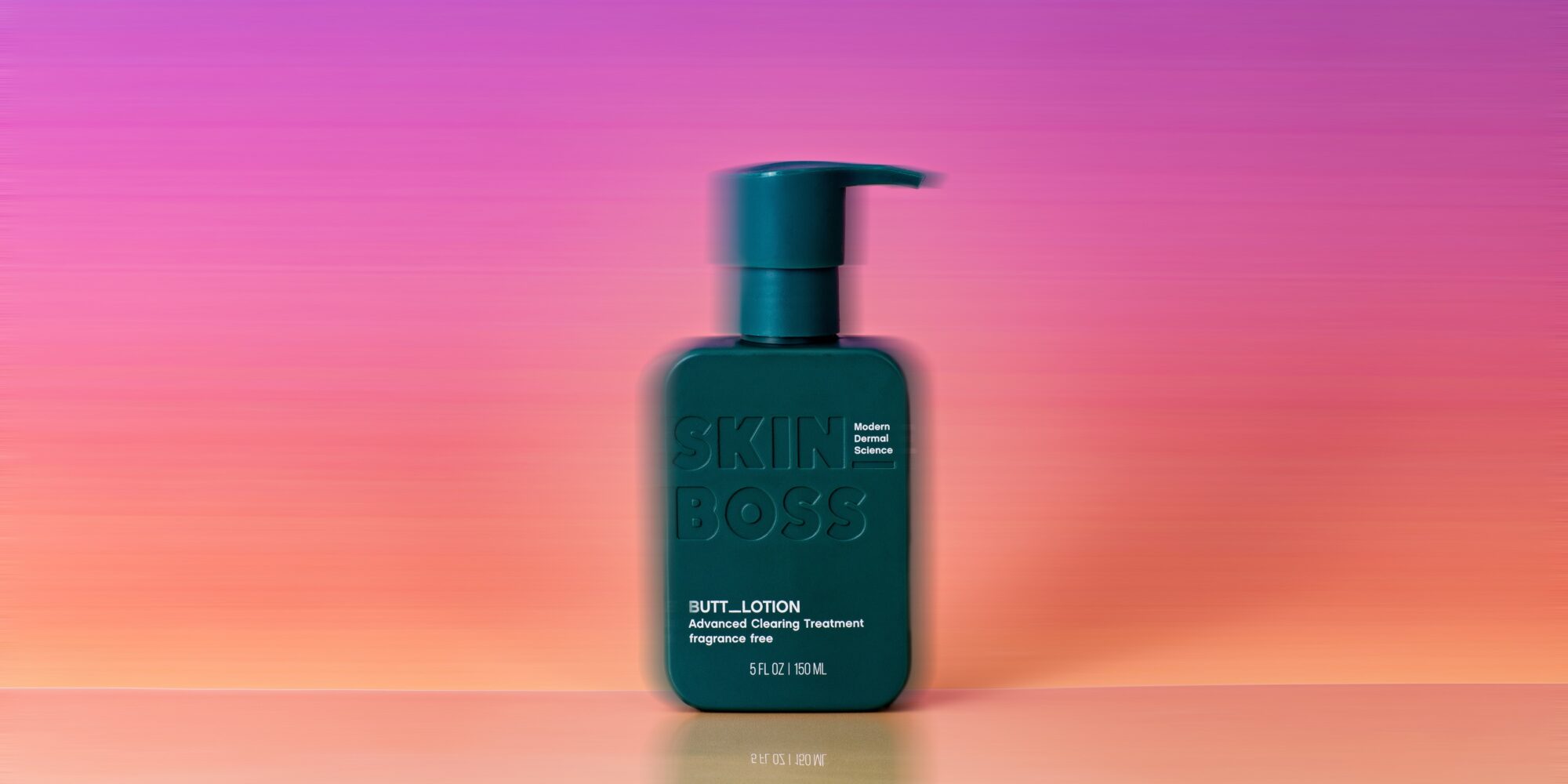
Product Developer Julie Pefferman’s Top 8 Indie Beauty Predictions For 2025
The first time Beauty Independent asked cosmetic chemist Julie Pefferman for her annual beauty industry predictions in 2019, she offered several that resonated for years, including a greater emphasis on customer retention and brand acquisitions at earlier stages.
Pefferman’s uncanny ability to foretell the future hasn’t been undermined in the years since, and she’s accurately detected the rise of longevity ingredients, tween skincare, biotechnology-driven brands and the mental health-beauty connection. Even if some of her predictions haven’t come true yet, her prognostication skills aren’t limited to a year’s span, so there’s time they could still take hold.
Looking forward to the rest of 2025, Pefferman, founder of product development firm Cosmeta and The Lab & Co., a beauty brand incubator and marketer of butt care brand Skin_Boss, foresees moderate growth in the indie beauty sector. “The few and the funded—sounds like a soap opera—indie brands will be making strides this year, continuing to steal market share from conglomerates,” she says. “There isn’t as much room for a startup bootstrapped indie brand in the market right now due to startup costs. So, if you choose a startup, invest a lot of time in the unique selling proposition and efficacy. I’m seeing makeup cool, but I believe sensible skincare will be strong while purchasing habits transition from beauty gluttony to multitaskers at the forefront.”
Below, Pefferman dives below the market-level analysis to give us specifics on eight trends that could emerge in the beauty industry this year or years that follow.
1. Peptide IQ
From scents to sexual wellness, peptides are inundating the beauty and wellness world. Pefferman doesn’t envision that slowing down. Instead, she envisions consumers’ peptide intelligence increasing. As a result, they’ll become savvier about choosing certain peptides for certain purposes. “The consumer will go from hearing the word ‘peptide’ to saying, ‘What is this peptide good for?’” says Pefferman. “All of these peptides can do vastly different things.”
2. Animal Parts
Pefferman views the spread of beef tallow in skincare as the launching pad for broader beauty consumer demand for animal-derived ingredients. She says, “We are open to animal ingredients again, and vegan claims don’t hold the weight that they did before.”
Pefferman identifies mink oil, donkey milk and cholesterol as candidates for trending ingredients, and ingredients such as snail mucin that have been popular could explode further. However, she doesn’t imagine consumers are going to abandon their values to hop on the animal-derived ingredient bandwagon. Instead, they’re going to be drawn to brands that convey they follow ethical standards for sourcing animal ingredients.

3. Beauty Adornment
Starface has made it mainstream to wear pimple patches in public. Pefferman has a 12-year-old daughter, and her and her friends are sporting them to school regularly. With pimple patches ubiquitous, she anticipates pimple patch early adopters moving on to the next wearable beauty product craze. Hair gems and sunscreen patches are possibilities for the evolution of beauty adornment.
“It’s the flex of being unique,” says Pefferman. “With AI, we are not feeling unique anymore.”
4. Macho Maintenance
In a TikTok video posted in December that’s drawn 2.2 million views, Jake Cornell, a content creator who describes himself as a “very gay comic,” laments, “I don’t like that they invented a moisturizer with beef in it and now suddenly straight guys on the internet are talking to me like I should listen to them about skincare.”
Sorry Jake Cornell, but the manosphere has embraced skincare, and Pefferman is convinced its grip on the category will only tighten. “The cultural shift is complete on men’s skincare. Not every man is using skincare, but every man accepts that there is skincare for men, and it’s an OK thing to reach for,” she says. “I think there’s going to be a lot of hot skincare launches for men in 2025.”
5. Solo Entrepreneurship
There have been a number of waves of entrepreneurs embarking on building beauty brands in the last two decades. They’ve involved clean beauty innovators, many of whom were new parents or disease survivors ridding their beauty routines of particular ingredients, beauty industry veterans seeking freedom from corporate constraints and potentially lucrative paydays, and scientists and doctors responding to the call for evidence-backed beauty.
Pefferman prophesizes a forthcoming wave will bring solo entrepreneurs with distinct points of view into the beauty industry. They’re eager to control their own schedule, provide a twist on products that speak to their needs and preferences and work in a field they’re passionate about, not necessarily realize a big exit.
“Within beauty, big exits have been glamorized. Everyone loves them, and they are amazing. We would all love to tell our story to Guy Raz,” says Pefferman. “But being able to pay your own bills and be self-sufficient is underrated. I think that will come back.”
6. AI-Powered Formula Individualization
AI tools have already infiltrated cosmetic chemistry, allowing cosmetic chemists to accelerate formulation, avoid missteps and adhere to regulatory changes. Pefferman forecasts application of the tools will broaden, facilitating attempts by people who aren’t cosmetic chemists to concoct their own formulations or contract cosmetic chemists to make formulations tailored specifically to them.
“You can get personalized skincare cheaply,” she says. “Individualized experiences are for everyone.”
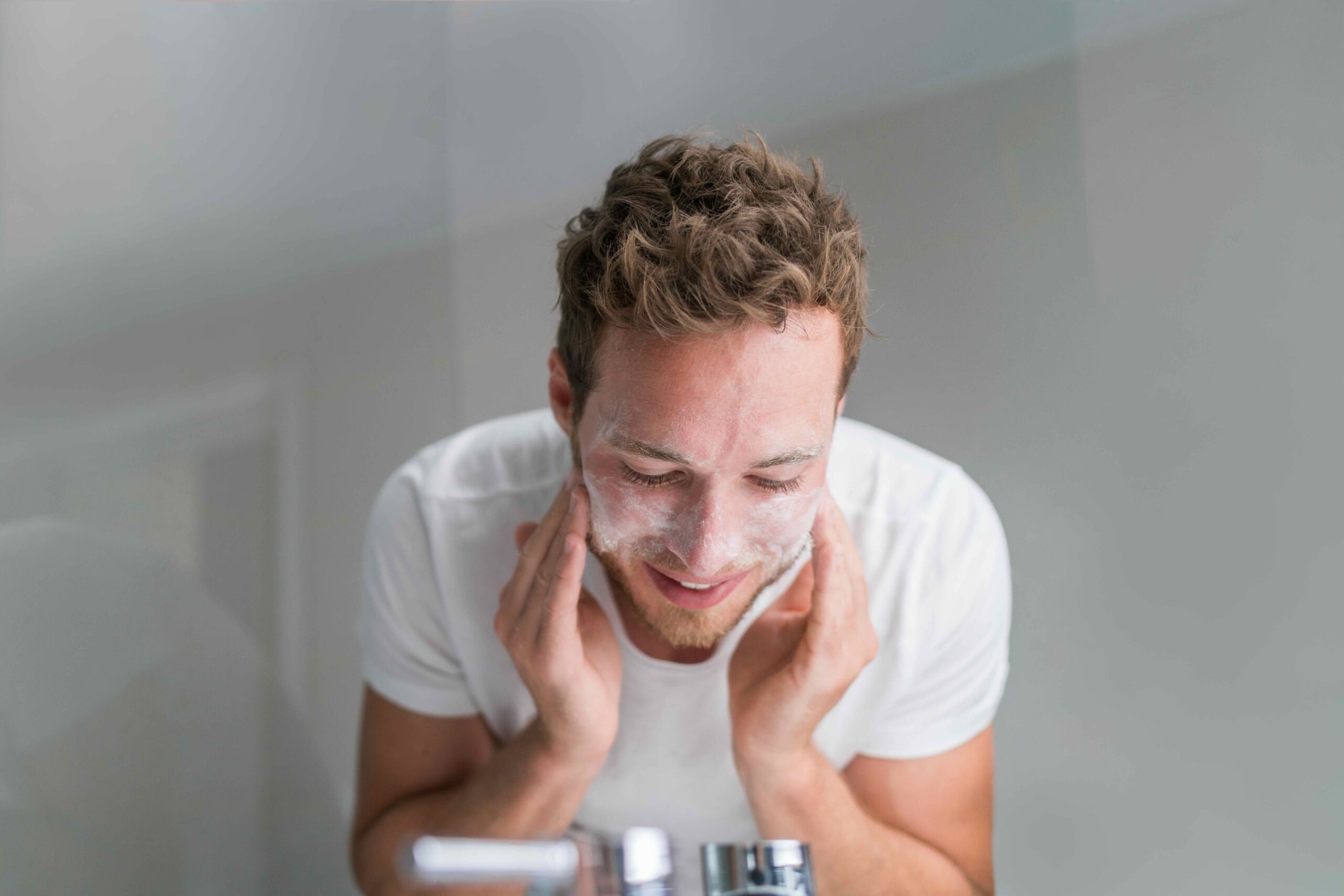
7. Retail Renegade
Pefferman senses an opening in the retail landscape for a retailer or store-spa combination that could be an expert wellness product curator and service concierge. The Vitamin Shoppe, GNC and Amazon don’t make the enormous wellness industry less confusing, and their sensibility doesn’t jive with a luxury longevity connoisseur.
“There’s a collision between luxury and longevity,” says Pefferman. “There’s nothing more exclusive than living longer.” She adds, “I’m really rooting for an underdog retailer. I see brands that can’t break through the Sephora threshold, and that’s such a bummer. It’s hard to get through the gatekeepers, and they have more control than ever.”
8. Beauty Curtain Raisers
Cosmetic chemists have spawned brands—for example, Alex Padgett’s Educated Mess, Ron Robinson’s BeautyStat, Adriana Zhamo’s Everyday Chemist, Ginger King’s FanLoveBeauty and Pefferman’s own Skin_Boss—and Pefferman expects consumer and retail interest in their brands and the insights of behind-the-scenes beauty industry developers to intensify. To meet that interest, she’s given Skin_Boss a refreshed brand identity, while keeping its groundbreaking products.
“I love a good niche, and, for me, it happens to be butt pimples, but your product has to have efficacy to own the category,” says Pefferman. “I launched the OG’s very first butt pimple product, and I have spent over 10 years showing that the product works better than the rest…Now, with everything in order, it’s time to focus on my focus and scale, which will hopefully attract capital from a partner who catches the vision of Skin_Boss and the potential of The Lab & Co. to turn out winning products. The goal for Skin_Boss this year is to start telling my own chemist story and reaching new customers.”

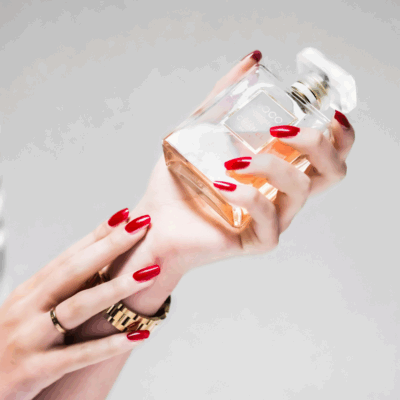
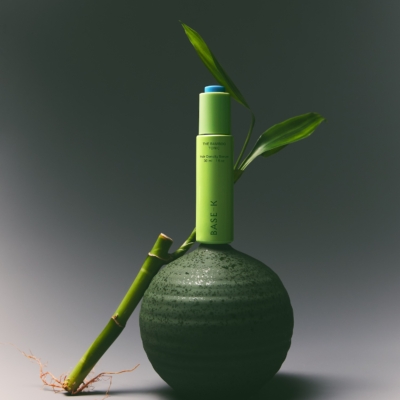
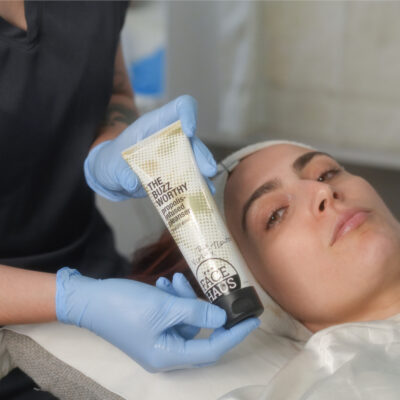
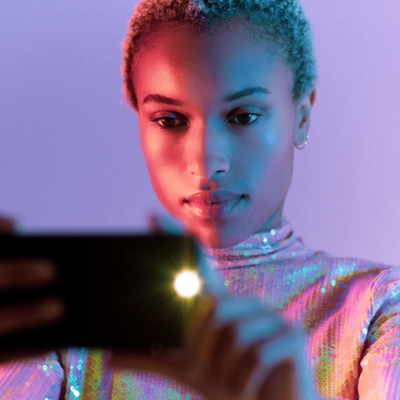
Leave a Reply
You must be logged in to post a comment.